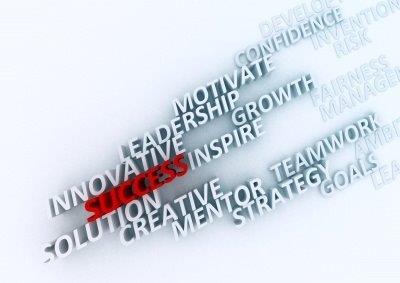In order to build high-functioning, efficient, successful teams in the workplace, we must first identify examples of what this looks like and then, to put it simply, copy and paste! According to leadership thought leader @MarcusBuckingham, “HR professionals are in a prime position to assess what the most productive and engaged teams are doing – and to build a culture around them.” Following the lead of those who have already successfully implemented the type of culture and successful team approach that you are seeking is much easier than reinventing the wheel entirely. So, here are four steps to help you make it happen in 2016 from one of the top leadership experts.
- Serve the organization by serving the team leader. What does this mean? HR and CEO’s must develop strong relationships with team leaders in order to see what changes can be made, to get the most accurate data on the team’s strengths and weaknesses, and to build a successful team from the top down.
- Adopt the right tools to help you keep up with dynamic teams. As more employees view jobs as short-term and we see less of the baby boomers’ sense of loyalty to one company for their entire career, CEO’s and HR leaders must be equipped to deal with changing teams. Structure your game plan with room for changes to be made along the way, because in 2016, it’s almost inevitable that you will see employees come and go throughout the year.
- Gather real-time and reliable metrics. What is really in the numbers? We’ve discussed HR analytics on our blog before, and although it can get very complicated quickly, the bottom line is that metrics and analytics do provide us with a tangible place to work from when building teams and learning to navigate the tools for leadership. One way to gather useful information is to regularly check in with team leaders about their employees’ performance. Ask questions such as, “Who needs more training? Who deserves a promotion? Who has leadership potential? Who is passionate about this project/team/cause/etc.?”
- Employ machine-learning algorithms. What does this mean? Once we have the right methods in place, we can then utilize tools that provide the data and training specific to each individual based on a complex rating system. Companies such as Facebook have already adopted this practice, and the system can take out the inescapable biases that people bring to the table, because the people factor is removed from the equation – allowing for more objective ratings and data to be in place.
If we want the top leaders heading up our successful teams, changes need to be made to the way that we train our leaders, the manner in which we assess the team’s strengths and weaknesses, and the tools we utilize to make it all happen.

